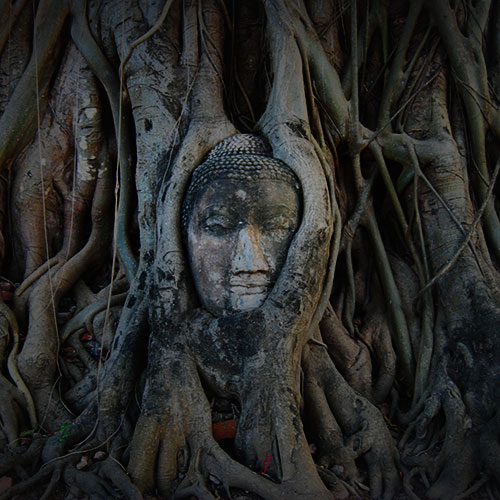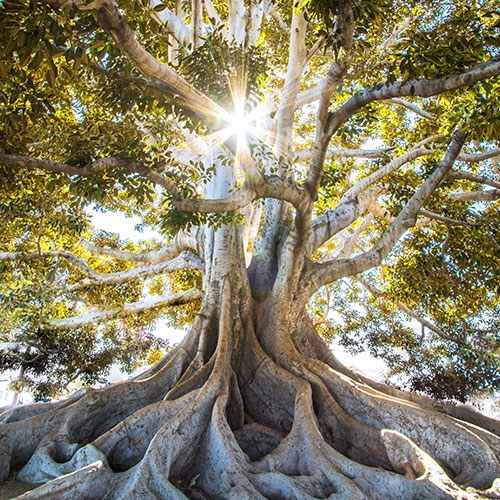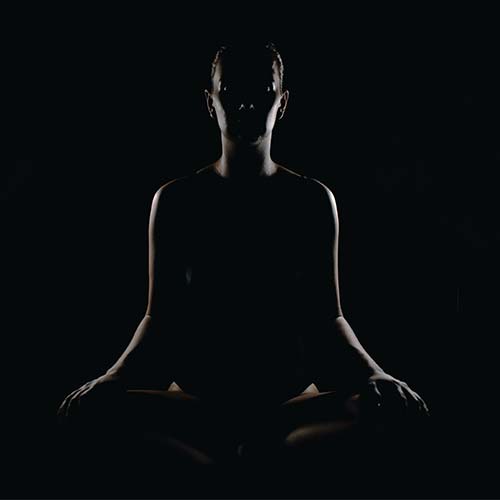Tantric Hatha Yoga
The Philosophy of Nondual Śaiva Tantra
Before we dive deep into the subject, one thing needs to be said beforehand. Tantra itself says that nothing that can be said in words, or that our minds are capable of understanding, is sufficient to describe or understand the absolute truth.
Keeping this in mind, we will paraphrase here and try to approach a little idea of what the Nondual Philosophy of Shaiva Tantra wants us to understand. And she herself says that language is supportive in the sense that it can guide us to an experience that is beyond words; into the experience of reality itself.
I would like to start with a quote from the book 'Tantra Illuminated':
"To step into the world of Śaiva Tantra is to enter a world of magic and mystery. Mind-expanding philosophy and arcane rites, pantheons of fierce goddesses embodied in mystic syllables, energy diagrams that map the many dimensions of reality, visualizations of power centers within the body, gestures that express the purest forms of consciousness, nectarean experiences of the sheerest ecstasy, wielders of supernatural power, and concepts that challenge the fundamental norms of ordinary society... In short, it is a world that encompasses the entire range of human spiritual... activity."
Not exactly an understatement, is it? To have it noted, there are several lineages of the Tantra tradition, we are dedicated to Shaiva Tantra (to be more specific, the Kuala Trika Lineage).
What is the definition of Nondual Śaiva Tantra?
Tantra is the direct experience of the sacred reality represented by Śiva and Śakti. Śiva as pure consciousness that underlies everything and Śakti as its living energy that manifests the whole universe. With this worldview also comes spiritual practices, such as contemplation on the worldview itself (philosophy), meditation, yoga exercises of the subtle body, and sharpening of the senses. The goal of these practices is to realize the divinity in all things, including self-realization, in order to attain worldly and spiritual liberation.
Shiva and Shakti at the center
At first it seems confusing, but Shiva and Shakti are one. However, they represent two different aspects of reality, (one of which is predominant in every experience). Shiva is also described as the light of awareness, as potential, as beyond space and time and inaccessible through our senses. Whereas Shakti is seen as the personified feminine divinity, representing the entire universe in all its material forms. The experience of these two aspects is the experience of absolute reality, which is enstatic, contracting and leading inwards, surrendering to everything, and ecstatic, leading outwards and expressing how nature is. According to Tantra, it is necessary to know both sides in order to have a complete experience of the Absolute and to enjoy true spiritual freedom.
Everything can be a spiritual practice
Receiving an initiation, having a master, and living in a community of like-minded practitioners is also considered essential and contributes to the classification with respect to other traditions. While meditation and mantras are very important, they cannot be clearly attributed to one tradition. However, the strong view (at least in the past) that everything in life can be treated as a spiritual practice, even everyday activities such as cleaning the house, preparing food, or working, as well as the very detailed yoga practices with the subtle body, draw the picture of Tantra more accurately.
The role of the physical body
The body is not presented as an obstacle as in other movements such as Classical Yoga, no, the body is not impure or associated with sin, but serves as an instrument to experience the sacredness in everything - sometimes by means of the senses of the body. So these senses serve us as yogis and are not there just to get rid of them or to be seen as annoying distractions.
This is very different from the more ascetic yoga practices that have been taught and practiced for centuries until today. On the other hand, it does not mean that we do not need to do anything to achieve something, discipline is still an attribute that is very helpful for the path and can be used to achieve great results.
You are already perfect
Tantra also states that we are already perfect. We only see ourselves as apart, or separated from the things we cannot be or have. In a deeper sense, however, we are all expressions of the same consciousness, the same divine source. In addition, the right view plays a crucial role in the progress of your practice. If you assume that you are not perfect, you will not be able to arrive at the goal of being perfect. This is described as a delusion that keeps you from that very thing.
Master Abhinava Gupta suggests:
"If you practice yoga from the perspective that you are not good enough as you are, or that there is something wrong with you that needs fixing, then your yoga cannot fulfill its ultimate purpose… if you undertake the practice of yoga with the right View of self, that you already are a perfect and whole expression of the Divine and that you are doing yoga to realize."
The universe is the body and the body is the universe
In addition, the body is seen as a representation of the entire universe. So to speak, as in the small so in the large. Thus the Trantikas work with the exploration of the internal and subtle body as well as the physical body in order to understand the universe. At the same time they put the structure of the universe like a map on the body to work there and to bring forth certain effects.
Last but not least, it can be clearly stated that Nondual Śaiva Tantra can be defined by the fact that these teachings can be found in the books of the so-called Tantras. I thank Christopher D. Wallis for his work, from which I am greatly inspired and from which much of the information described comes.
Cedric is head teacher of INEA•YOGA a Yoga School in Corfu, Greece. Check us out to find trainings, retreats and online videos.
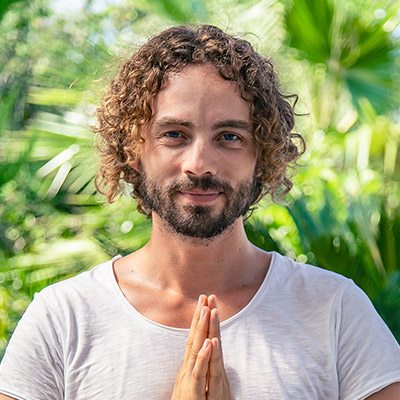
Cedric Stein
Head Teacher INEA • YOGA
My mission is to create a safe space for you to connect to your inner being. By following your breath, being in the present moment and noticing yourself.
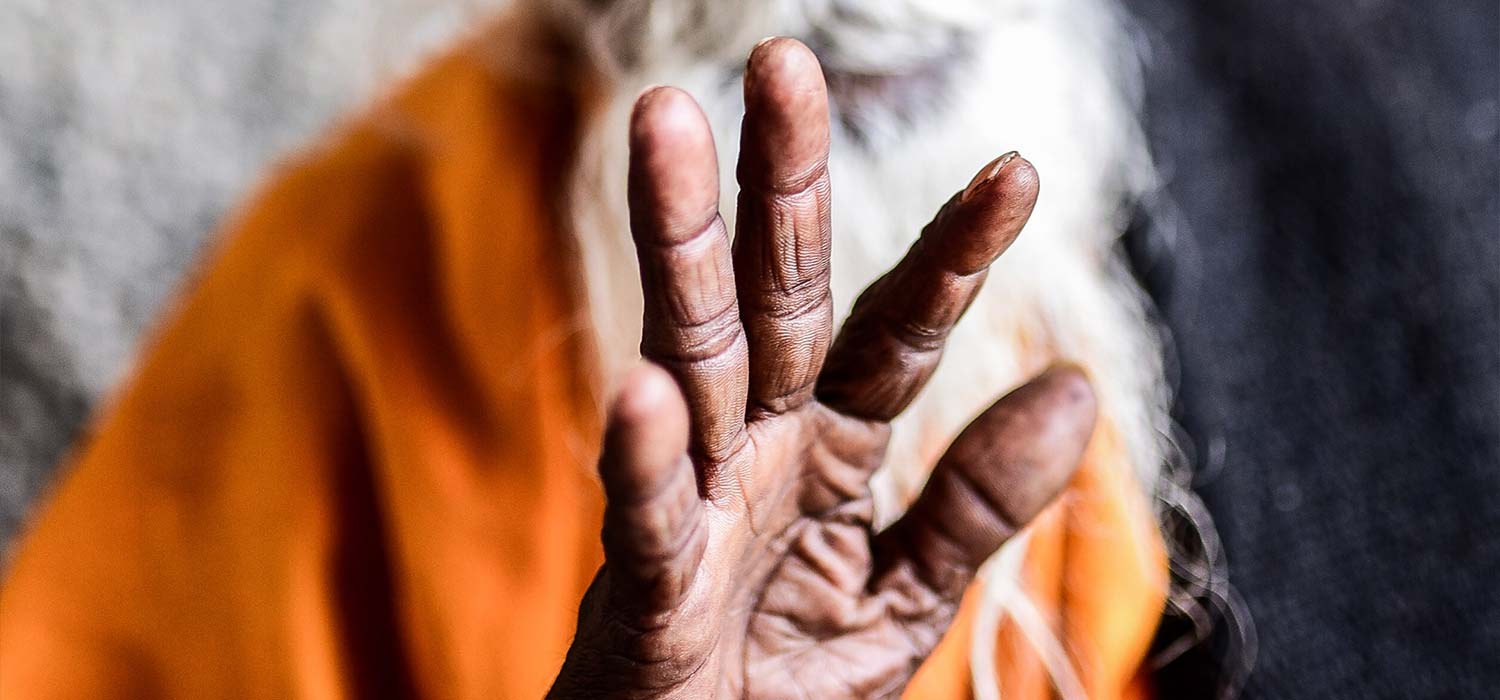


 90 min
90 min

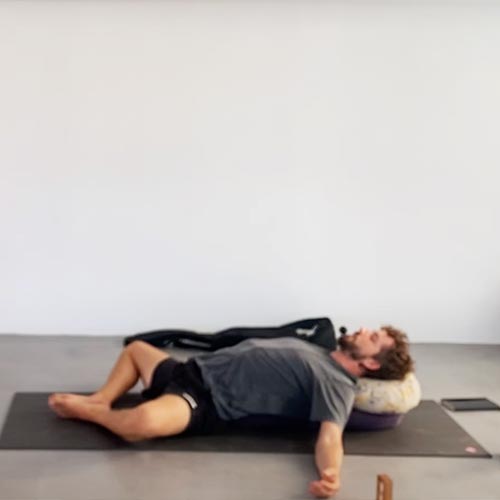
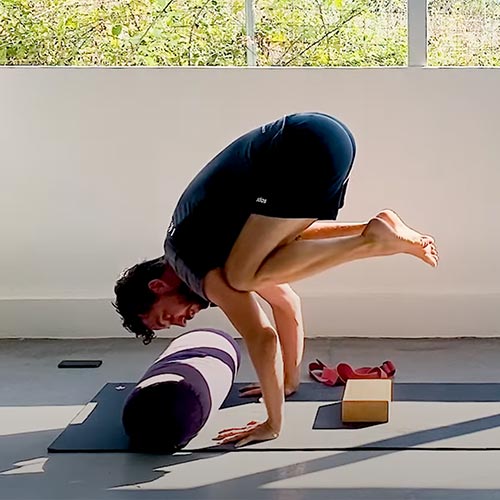



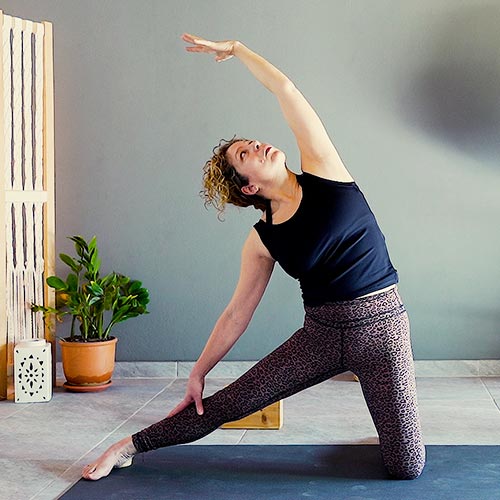

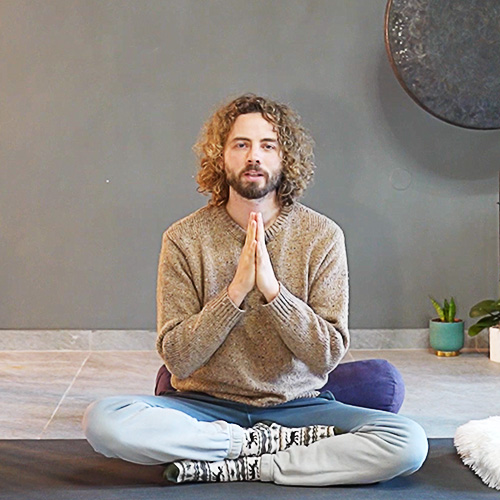
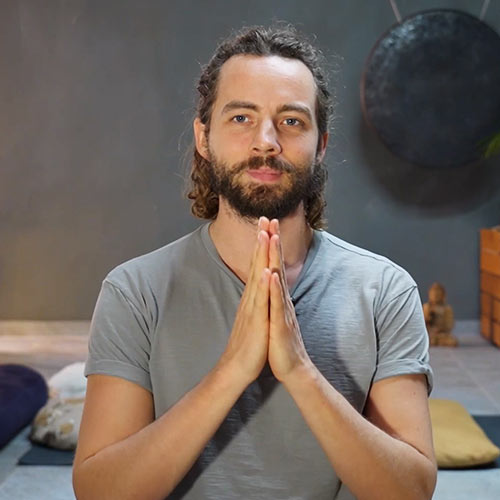
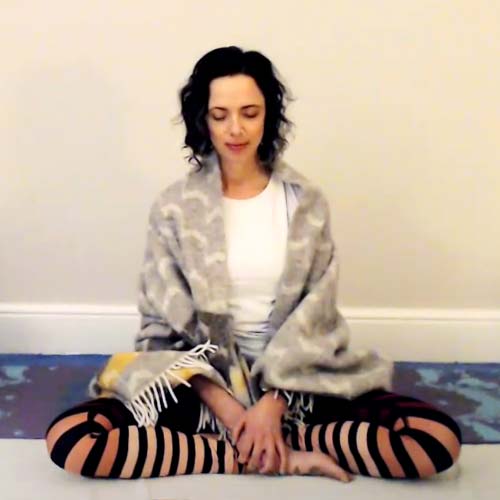

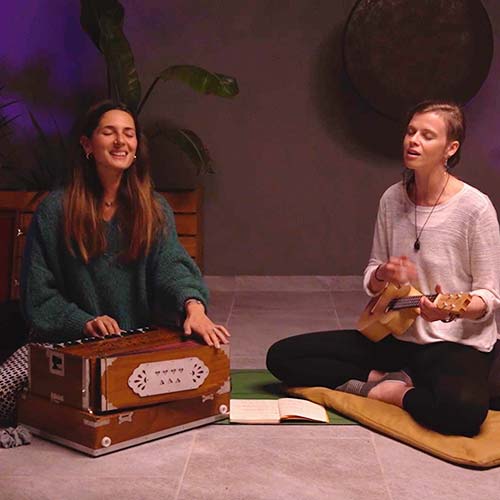





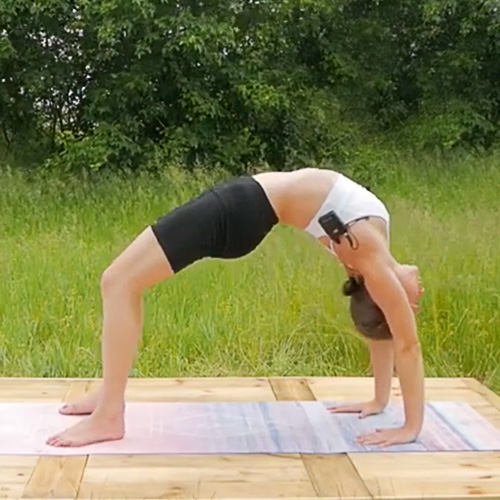




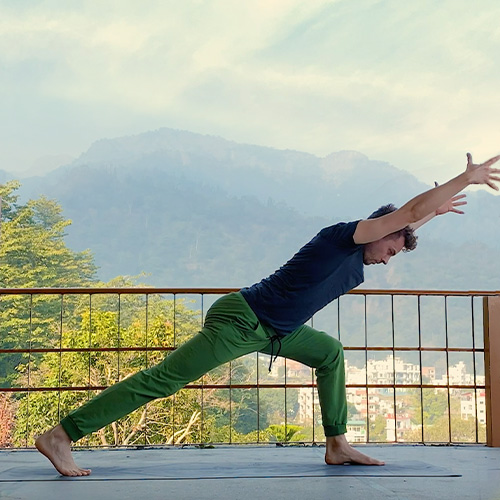






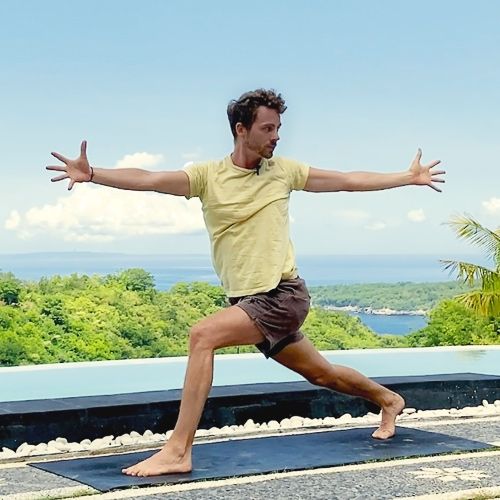
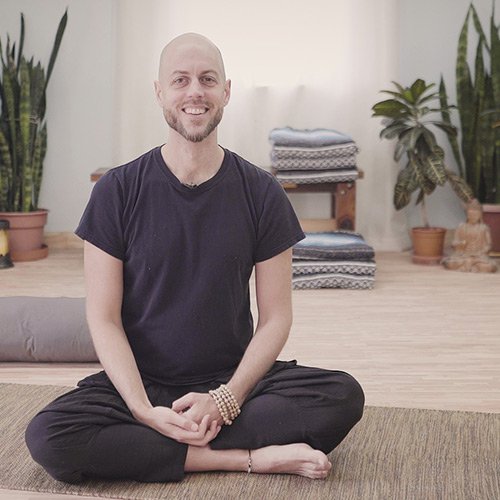



 read more
read more